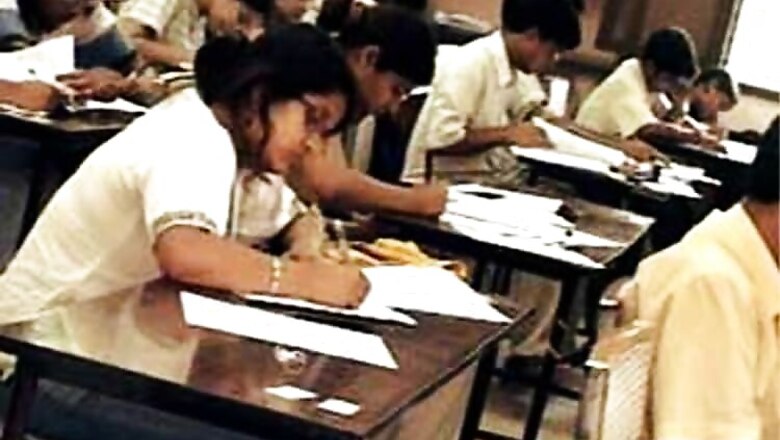
views
New Delhi: More than 51% Indian parents, the second highest in the world, see a successful career as the most important objective in their children’s lives, reveals a recent HSBC report.
According to the HSBC study that surveyed 5,550 parents in 16 countries and territories around the world, more than three quarters of parents think their child will need at least a graduate degree, while half think their children will require a postgraduate qualification to have a successful life.
We all want the best for our children, especially when it comes to education. However, for parents, the challenge is to figure out the right amount required to save for a college or post-graduate education.
Today, the fees of the pre-primary sections in reputed schools that follow Indian curriculum range from Rs 50,000 to Rs 1 lakh a year. These cost effectively increase each year as and when your child moves to higher classes till s/he finally reaches college or university.
The fee for an undergrad engineering course in India today costs approximately Rs 5-6 lakh, if pursued from a top-tier government-aided college, while this may cost around Rs 8-10 lakh in a private college. The same course would cost upwards of Rs 1 crore, in case you are planning to send your child to a reputed college in the US.
Assuming your child’s current age to be 4, and the age at the start of higher education to be 18, the same course will cost around Rs 11-12 lakh, Rs 18-20 lakh and upwards of Rs 2 crore, respectively, in the next 14 years (assuming inflation at 6%).
How are most parents placed!
We at Big Decisions looked at our data of around 8,000 valid users, who have used our education tool, to ascertain how the urban, middle-income Indians are placed to fund their children’s education. Below is the table
Though it may be quite natural for parents with very young children, who are to begin higher studies in the next 16-20 years, to postpone their education planning for later years, the amount of under-insurance among parents of grown up and ready-to-enter-college ones is worrisome.
According to BigDecisions findings, a whopping 68% have savings under 25% of their target corpus when their children are 1-5 years away to pursue their higher education. Twenty two per cent have saved around 25-50% of the required amount, while only 8% and 2% have savings worth 50-75% and greater than 75% (of the required amount), respectively.
For parents with children who are about to start higher studies in the next 6-10 years, 85% have savings under 25% of the target corpus, while 14% can afford 25-50% of the cost. Only 1% is equipped to fund 50-70% of the total required corpus.
Education Loan: Not the only solution
Opting for an education loan is a convenient option. Besides providing financial assistance at the time of need, it also helps in saving tax, under Section 80E of the Income Tax Act, during repayment. This helps in reducing the overall cost of the loan.
However education loans are expensive. The rate of interest is quite high (similar to a personal loan). Secondly, owing to high rate of defaults, banks follow stringent norms and are selective before granting such loans. Not all courses or colleges are eligible for such loans. For all you know that after selecting the discipline, you are not able to get it funded.
Plan ahead, stay ahead
While it may be easier said than done, planning ahead helps you to take control of your financial decisions -- be it your child’s education or realizing your other financial goals.
Remember, an early start and regular investments can save you the heartache at later years.
(Author Kankana Roy Chowdhury is Head of Content at Big Decisions. Launched in early 2013, BigDecisions.com is a financial services advisory platform that helps middle income Indians with their big financial decisions using transparent data backed tools, videos and written content ensuring they're not always dependant on experts for advice)


















Comments
0 comment